
Video
Robert McClary, who used to work for Bernard Baruch, moved to Hobcaw Barony in 1937. The McClary family visits Hobcaw Barony in March 2015, and explore some of the locations significant to Robert...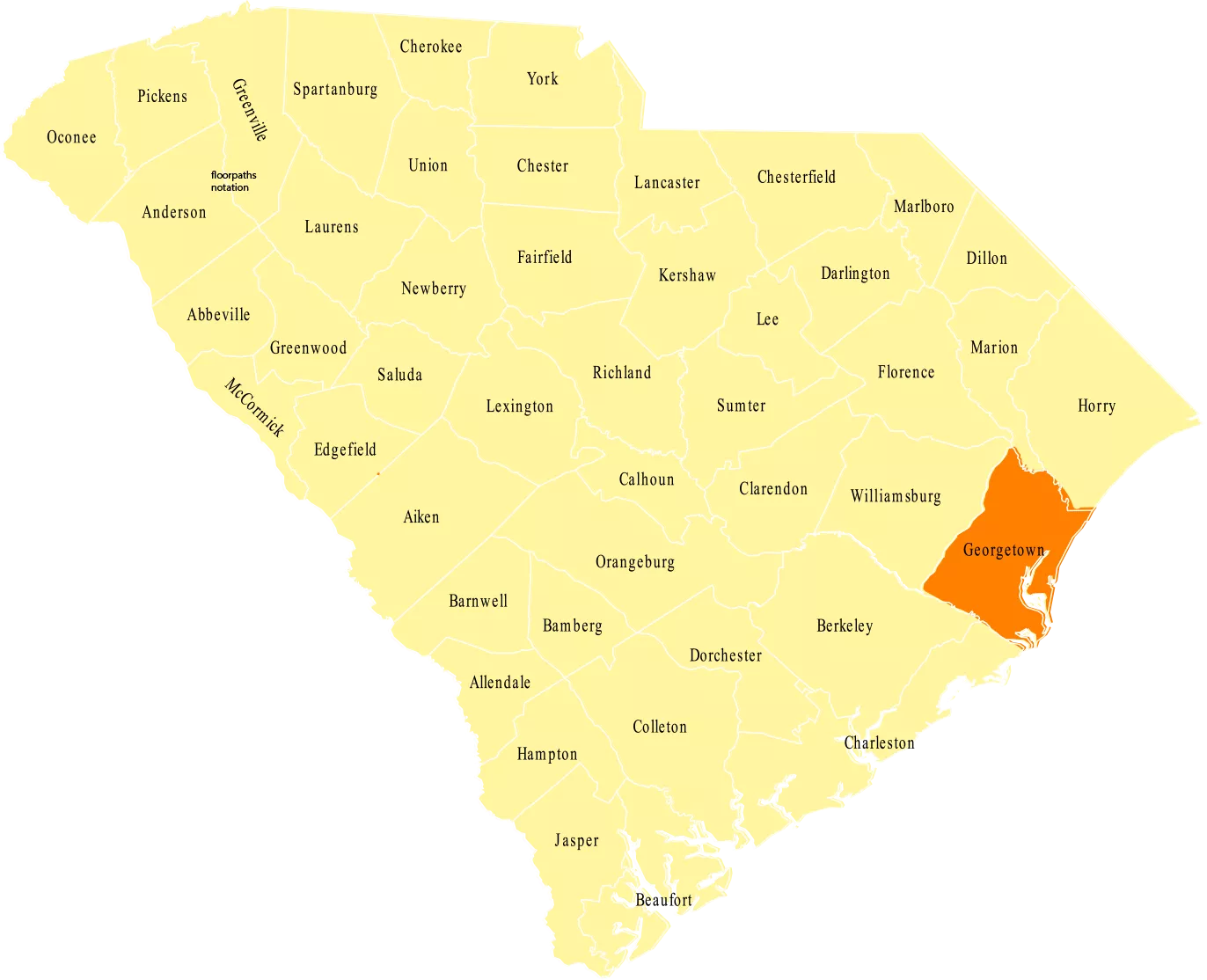
Although a number of Native American tribes already lived in the area and the Spanish had visited, English planters and their African slaves were the first to settle what is now known as Georgetown County. In 1769 Prince Frederick, All Saints, and Prince George parishes were combined, resulting in Georgetown District. In 1785 the district split into four counties including Winyah County. Winyah County would later be renamed Georgetown County in honor of King George II. Despite the approval of the British that this name suggests, Francis Marion regularly engaged in guerilla warfare from the county’s marshes during the Revolutionary War.
A coastal location has always served as a large source of wealth for Georgetown County. The location favored the growth of plantation crops, especially cotton and Indigo. In fact, Indigo planters became so affluent that they became their own level of high society known formally as the “Winyah Indigo Society.” Later, rice took over and became the crop of choice for Georgetown County plantation owners, but Indigo plants still grow wild in the area. Furthermore, the Georgetown Port, in the county seat of Georgetown, became such a source of income that pirates plagued the county’s coast.
Today one can easily observe a connection between Georgetown County’s past and its future. The African slaves brought over by British planters to farm cotton, Indigo, and rice have preserved the Gullah culture throughout the generations. This culture is especially evident on Sandy Island. Georgetown’s port still anchors the county’s economy. The county’s historical significance, coastal location, beach towns, and nature preserves make it a popular tourism destination.
Georgetown County, A Brief History. Accessed June 03, 2016.
http://www.georgetowncountysc.org/about/history.html

Video
Robert McClary, who used to work for Bernard Baruch, moved to Hobcaw Barony in 1937. The McClary family visits Hobcaw Barony in March 2015, and explore some of the locations significant to Robert...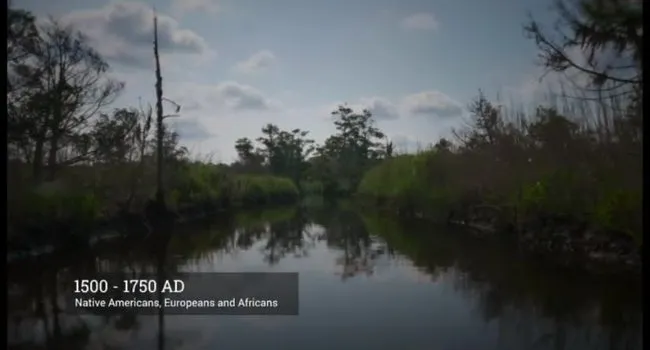
Video
In the 16th century, Spanish and English settlers came to colonize Hobcaw Barony. This was a dark time for the Waccamaw people, for Spaniards colonized Waccamaw land without regard for the natives...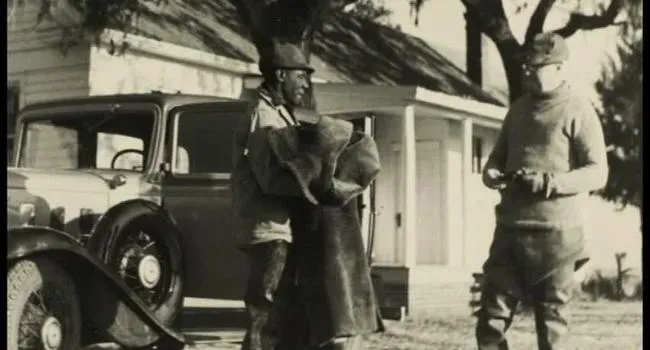
Video
Many families of former slaves still lived in old slave housing, but the prospects of jobs, better housing, and food, were very appealing for Hobcaw’s African American communities. During the 1930s...
Video
The area of Georgetown went from one of the wealthiest districts prior to the Civil War, to one of the poorest. Lee Brockington, senior interpreter at Hobcaw Barony, discusses the impact of the ending...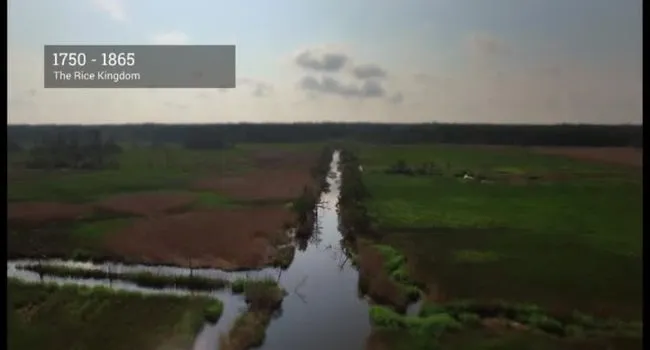
Video
In the 18th and 19th centuries, rice was the most produced crop in the United States, and provided the most wealth. Historian Daniel Littlefield, and botanist Richard Porcher, discuss rice’s African...
Photo
Marvin Grant has deep roots in the Pawley’s Island Gullah community. In 1991, after serving in the US Army, Grant moved to Pawley’s Island and lived with his aunt, Evelyn Knowles. A longtime hammock...
Photo
The student body of Winyah School poses in front of the Winyah Indigo Society Hall, corner of Prince and Cannon Streets in Georgetown, on a warm spring day around 1900. The substantial profits made by...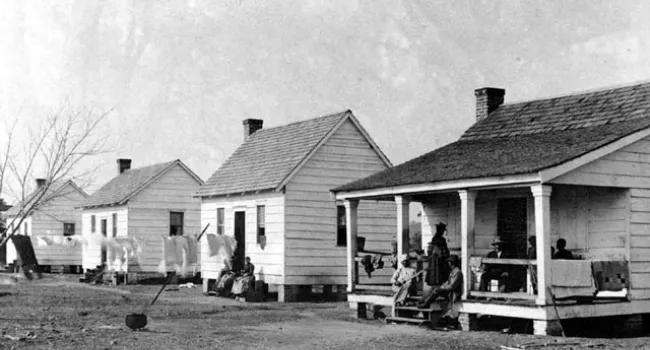
Photo
A cast iron wash pot sits in the front yard of one of the houses on this Georgetown County plantation, photographed around 1900. Washday meant boiling the wash, wringing it out laboriously by hand...
Photo
The Wicklow Hall Plantation kitchen building, photographed in the 1930s. Kitchen buildings were not part of the main house on a plantation, but were built at a small distance, both to reduce the risk...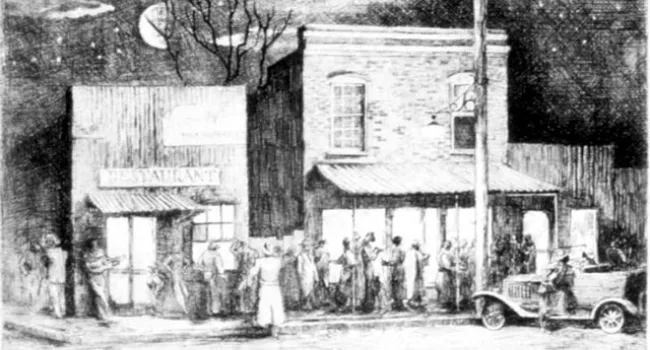
Photo
"Saturday Night," an etching by artist James F. Cooper (1907-1968) from the late 1930s, is probably a scene from Pawley's Island, where Cooper owned a beach house. "Saturday Night" is more than simply...